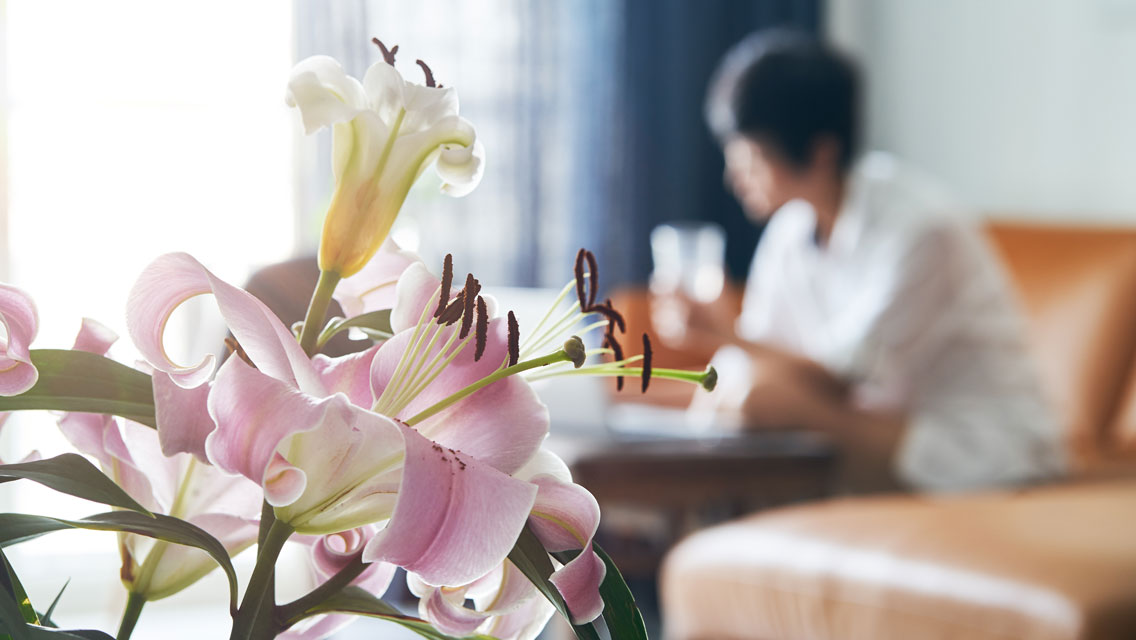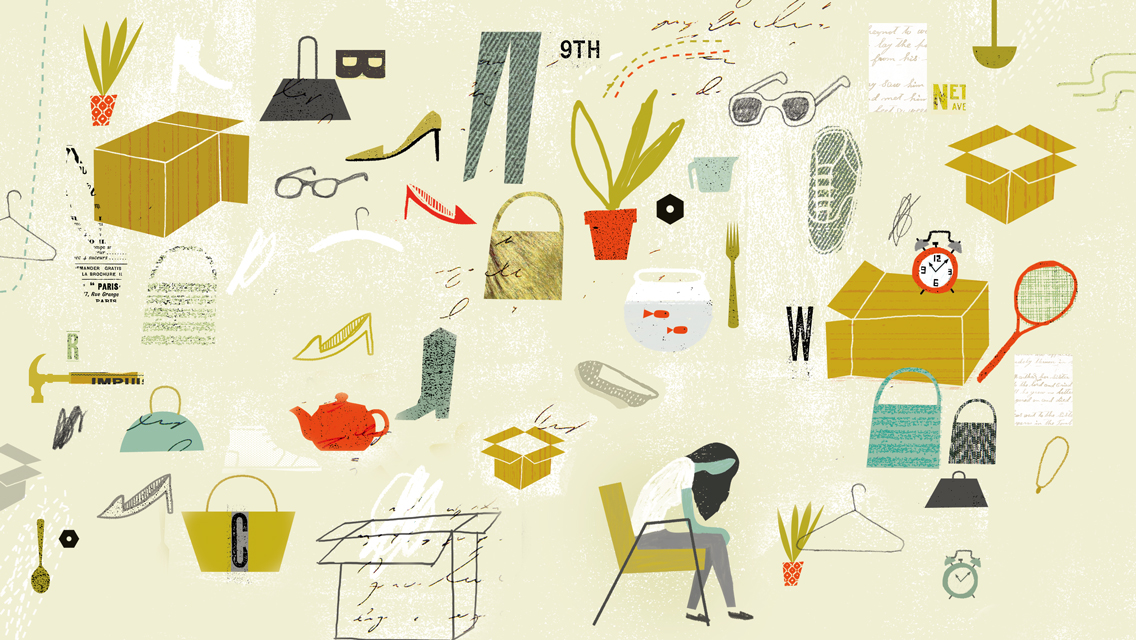Why do blowing bubbles, riding Ferris wheels, and twirling Hula-Hoops make us smile? Why do animals — from dogs to dolphins — always seem to try to play with a ball?
While studying for a graduate degree at Pratt Institute, Brooklyn-based designer Ingrid Fetell Lee began searching for answers to why certain places and objects elicit positive emotions.
A former design director at IDEO, Fetell Lee discovered that our attraction to circles, for example, is backed by research showing that humans implicitly associate curved forms with safety and positivity and angular shapes with danger and negativity. One study found that the brain’s amygdala (which plays a role in the human fight-or-flight response) was more active when a person viewed an angular object, like a square dish, than when the person looked at a circular version of the same object.
Research by psychologists and neuroscientists; interviews with celebrated artists, gardeners, and architects; and visits to enchanting vistas in Iceland and a treehouse bed and breakfast helped Fetell Lee identify 10 aesthetics of joy: energy, abundance, freedom, harmony, play, surprise, transcendence, magic, celebration, and renewal.
We can use these to design our homes, work spaces, and communities in ways that create — and allow us to experience — joyful moments.
“Round objects offer unique potential for discovery and delight,” she writes in Joyful: The Surprising Power of Ordinary Things to Create Extraordinary Happiness. “Pompoms sewn along the edges of curtains or pillows make them irresistibly playful and tactile.”
Curved coffee tables, for instance, spark lively conversations and impromptu games; soft or rounded edges encourage movement and flow.
Experience Life | How do you define joy and why did you choose to focus on creating joy over pursuing happiness?
Ingrid Fetell Lee | According to psychological literature, joy is an intense momentary experience of positive emotion — one that’s recognizable through physical expressions like smiling and laughter and through physical feelings such as a sense of lightness in your body.
Psychologists often equate happiness with something called “subjective well-being” or how we feel about our lives over time. Unlike happiness, joy is momentary and transient, and because of that I think it’s more accessible immediately.
Related to design, I think we can much more easily understand how to create momentary experiences of something than we can understand how to create an amorphous state of being like happiness.
EL | How does design improve our lives?
IFL | When I first heard about the transformation of the city of Tirana, Albania, I thought it was too good to be true. The mayor had a crew of painters cover a historic building with vibrant orange paint, and then they continued to paint more buildings, which led to a revitalized city with safer streets, less litter, and more businesses.
But as I dug into the research on color, I found a cross-cultural study of work environments in diverse countries — Argentina, Sweden, and Saudi Arabia — showing that people working in more colorful work environments are more alert. They’re more interested, confident, and joyful than people working in drab spaces.
When you know that, it starts to make more sense that a color applied to the surface of something isn’t just about the surface — color makes us feel more alive, energetic, and joyful. These feelings then have ripple effects. There’s research showing that small moments of positivity actually make us more attuned to positivity in our surroundings.
So one good thing happens to us and our minds are more open to seeing positivity in the world around us, creating what psychologists call “upward spirals.”
EL | Minimalism has become very popular for its simplicity and ability to create serenity in a too-often-chaotic world, but humans also need sensory stimulation. How can we design spaces for both?
IFL | When I talk about minimalism, I don’t mean decluttering or trying to live with less. Those are great goals. I’m talking about the tendency toward using gray and beige color palettes and a Spartan aesthetic with minimal furnishings associated with modernism architecturally.
When it comes to design of our spaces, I think it’s important to recognize that it’s OK to embrace what feels and looks good to us rather than what someone else tells us is good taste. Some people don’t want as much stimulation in their environment and that’s OK as long as it’s a natural affinity.
What I discovered in the process of writing this book is that our brains are wired for a certain amount of sensory stimulation. Studies in animals show that monkeys and cats reared without visual stimulation fail to develop part of their visual cortex, leaving them with permanent visual defects. Mice will choose to spend time in sensorially enriched environments instead of sterile ones, and those reared in such enriched environments perform better on tests of learning and memory than their peers in regular cages.
There’s reason to believe that the findings might carry over to humans. Studies of touch, for example, show it can lead to reduced stress, improved mood, and enhanced attentiveness. Sensorially enriched environments can slow the rate of cognitive decline associated with certain conditions, like dementia and Alzheimer’s. Sensory stimulation is also important for our cognitive development as children.
Look at the environments that we evolved from — they are stimulating. Nature, for example, is vibrant and filled with lots of colors, textures, sounds, and air flow. So it makes sense that caregivers report that stimuli can bring dementia patients out of withdrawn states.
But look at a typical nursing home — it doesn’t invite engagement. British color expert Hilary Dalke combats the problem by using a variety of paint colors and wallpapers when designing nursing homes, to differentiate spaces and immerse residents in a variety of sensations.
EL | What are some ways that we can create more moments of joy through design?
IFL | Adding color to your home — like your front door — is a great place to start, because it’s simple, visible, reaches a lot of people, and doesn’t cost very much.
The aesthetic of surprise is another joy booster. So hide surprises for yourself or other people. For example, if I’m near an ocean, I’ll sometimes stash seashells in my coat pocket, or if I go to a concert, I’ll keep the ticket stub. Then, when I come back to wear the coat again, I’ll find something that sparks a joyful memory.




This Post Has 0 Comments